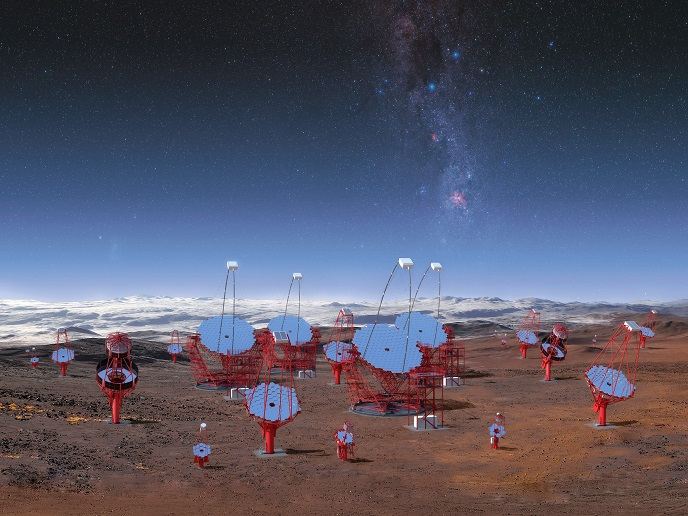New string theory models of the early Universe
Having strutted onto the scene some 30 years ago, string theory seeks to provide elegant and simple explanations to deep questions of fundamental physics. One strand of research conducted within the EU-funded project STRINGLEEFT focused on furthering the understanding and description of compactifications of 10-dimensional string theory down to a 4D universe through advanced mathematical tools. Based on the compactification models, the second strand of research was geared towards addressing fundamental problems in cosmology and particle physics, and providing experimental predictions that can be tested in current and upcoming experiments. Extending quantum mechanics from single localised particles to fields that exist everywhere, quantum field theory is the general framework describing cosmology and particle physics. Not all field theory models of the Universe can be consistently embedded in quantum gravity. Researchers studied consistency constraints on promising models of cosmology, showing that some model classes are inconsistent and identifying new string theory models that satisfy the necessary properties. Research results provided further insight into the properties of string theory itself and the connection of string theory to cosmological models. The fast accelerated expansion that the Universe is believed to have undergone in its first moments of birth is extremely sensitive to quantum gravity effects and is difficult to embed in string theory. The project team identified a new inflation model that utilises quantum gravity effects to assist inflation. The model has distinctive signatures that can be tested in upcoming cosmological observations. Primordial gravitational waves are produced during inflation, but their amplitude is not fixed by inflation. Researchers identified a strong upper bound on the amplitude of primordial gravitational waves from string theory that will be probed by next-generation primordial gravitational wave detectors. STRINGLEEFT work contributes to the long-term scientific goal of understanding the origins of our Universe, its composition and evolution. Results can also be connected directly to experiments and observations, driving future experimental programmes, which can in turn stimulate novel technological developments.







